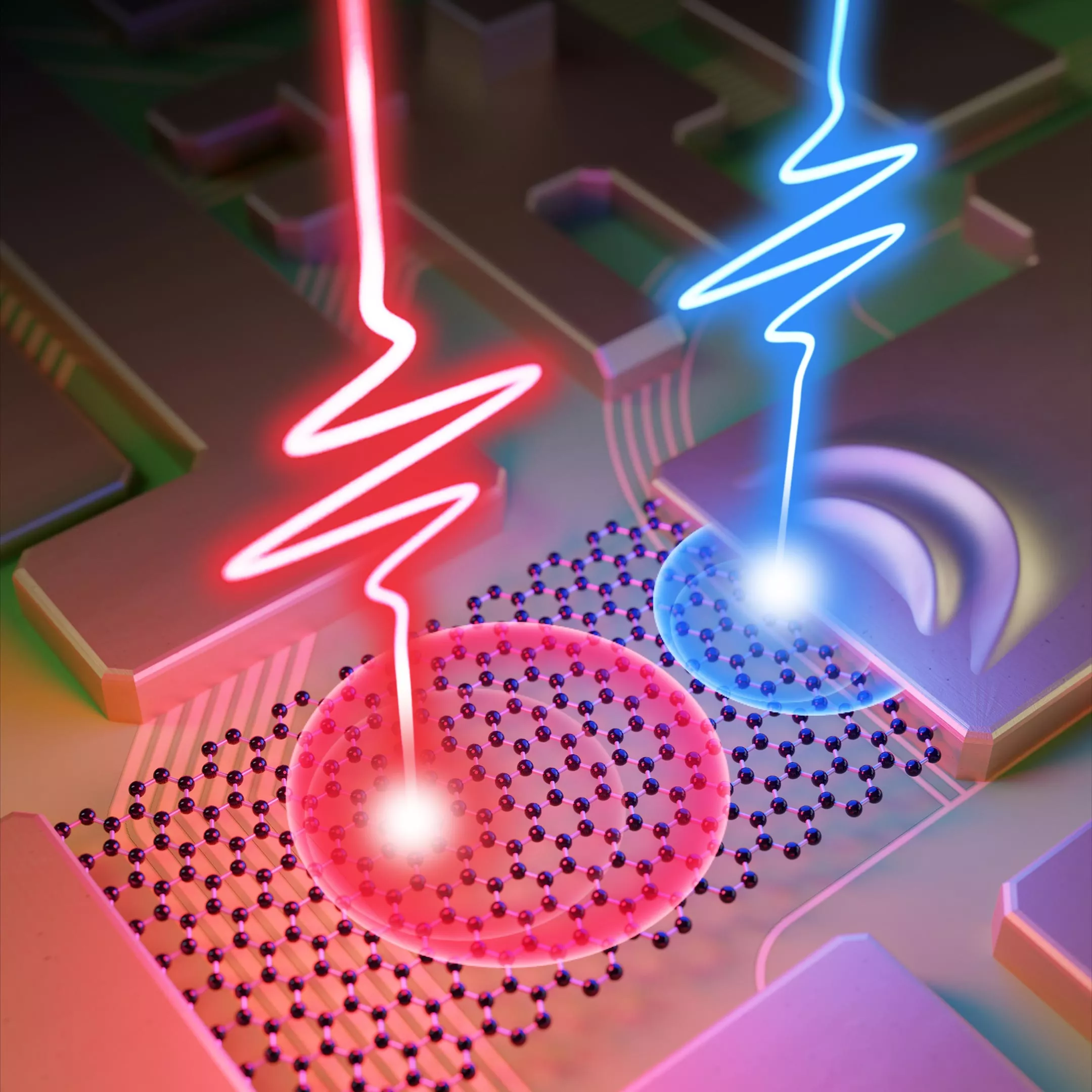Simulating complex scientific models or processing a large amount of data on the computer requires considerable computing power and time Researchers from the chair of laser physics at Friedrich Alexander Nuremberg University (Fau) and a team at the University of Rochester in New York have demonstrated how to use laser pulses to increase the speed of basic computing operations to a million times in the future

They published in nature on May 11 local time.
The computing speed of today's computer and smartphone processors is given by field effect transistors. In the competition to produce faster devices, these transistors are shrinking in size to fit together as much as possible on the chip. Modern computers have been running at an amazing speed of thousands of megahertz, which means billions of computing operations per second. The latest transistors are only 5 nanometers in size, equivalent to no more than a few atoms. There are limits to how far chipmakers can go. At some point, it will be impossible to make transistors smaller.
Faster light
Physicists are trying to control electronic devices with light waves. The oscillation of a light wave takes about one femtosecond. Using light to control electrical signals can increase the speed of computers in the future by more than 1 million times, which is the purpose of petahz signal processing or optical wave electronics.
From light wave to current pulse
Electronics is designed to transmit and process signals and data in the form of logical information, which uses binary logic. In addition, these signals can also take the form of current pulses.
Researchers at the chair of laser physics have been studying how to convert light waves into current pulses for several years. In their experiments, the researchers used ultrashort laser pulses to irradiate the structure of a graphene and gold electrode. Laser pulses induce electron waves in graphene, which move towards the gold electrode, where they are measured as current pulses and can be processed as information.
Real charge and virtual charge
According to the position of the surface in the laser pulse impact, the propagation mode of electron wave is different. This produces two types of current pulses, which are called real charge and virtual charge respectively.

"Imagine that graphene is a pool and the gold electrode is an overflow basin. When the surface of the water is disturbed, some water will overflow from the pool. The real charge is like throwing a stone into the middle of the pool," said Tobias boolakee, the lead author of the study and a researcher at the chair of laser physics, "Once the generated wave reaches the edge of the pool, the water will overflow, just like the electrons excited by the laser pulse in the middle of graphene. The virtual charge is like scooping water from the edge of the pool without waiting for the wave to form. For electrons, this happens so fast that it cannot be perceived, which is why it is called virtual charge. In this case, the laser pulse will be directed to the edge of graphene next to the gold electrode. ”Both virtual and real charges can be interpreted as binary logic.
Logic of using laser
Laser physicists at Fau have been able to demonstrate for the first time through their experiments that this method can be used to operate logic gates, a key element in computer processors. Logic gates specify how to handle incoming binary information. The gate needs two input signals. Here is the electron wave from real charge and virtual charge, which is excited by two synchronous laser pulses. According to the direction and intensity of the two waves, the generated current pulses are either concentrated or erased. Once again, the electrical signal measured by physicists can be interpreted as binary logic, i.e. 0 or 1.
"This is a good example of how basic research can lead to the development of new technologies," said Ignacio Franco of the University of Rochester. "Through the basic theory and its connection with experiments, we have found the role of real and virtual charges, which opens the way for the creation of ultrafast logic gates."
Tobias booklakee added: "it may take a long time to use this technology on computer chips. But at least we know that light wave electronics is a viable technology."